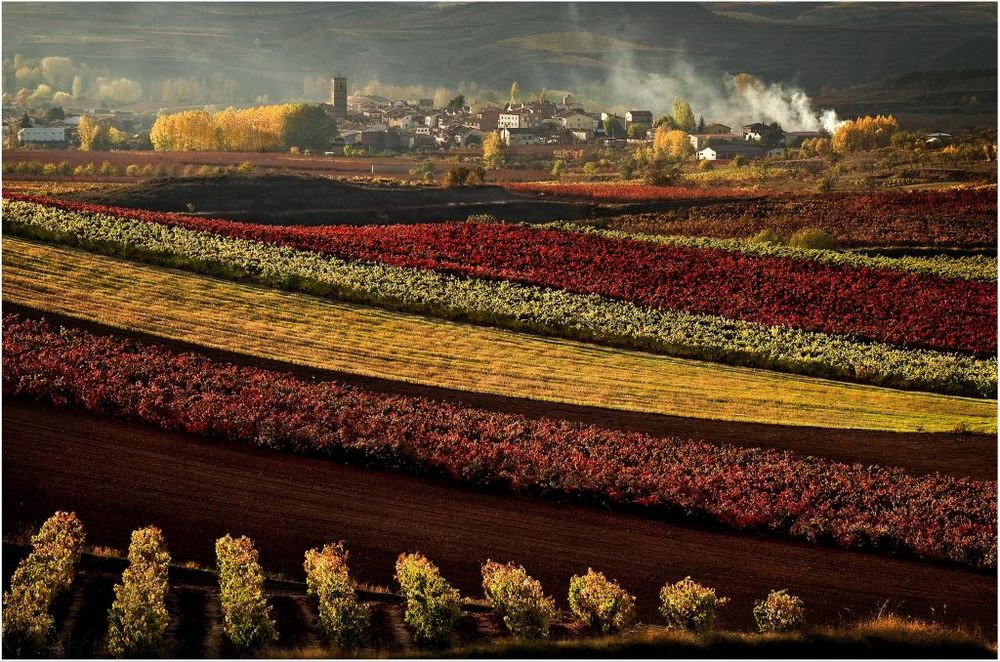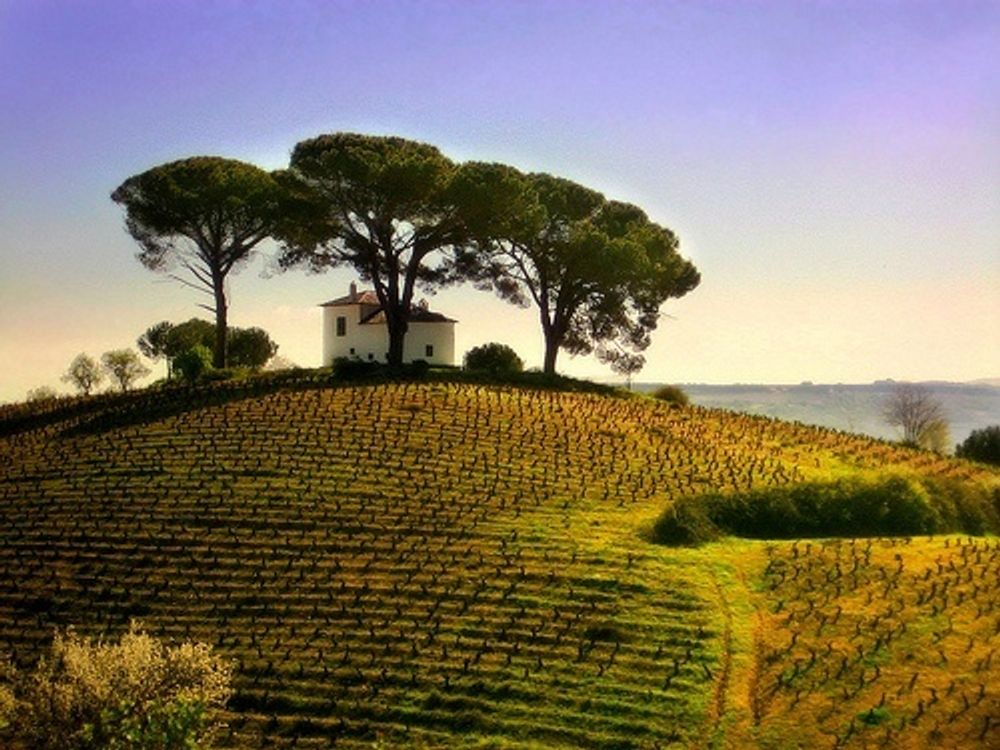Even late rains are not going to dampen the overall mood in Spain that its wine industry is back with an above average wine harvest that will have an impact on wine prices all around the world.

Rioja: the most well known and bought wine region in Spain
Comparing wine to a commodity is always likely to bring a wine purist out in a cold sweat. How can this carefully crafted product that requires the combination of nature and skill to bring to life, ever be dismissed as simply a standard item to be traded on the open market?
Well, however, much it might hurt the aficionados, the critics and the “trade,” wine is very much a global commodity, particularly when it comes to the market dynamics of exporting, importing and shipping wine around the world.
In fact it is more accurate to compare the global wine industry to a bicycle wheel with all the various countries acting as spokes feeding their own individual supply of wine into the central cog – the market – where it is then bought and distributed out to whichever country wants to buy it.
It’s certainly how the international bulk wine sector works with one country’s performance, directly impacting on all the others. If one spoke is out of kilter it will affect how all the others can effectively and efficiently operate.
Let’s take Spain, by far the world’s biggest and most important bulk wine producing and exporting, which probably accounts for a fair few spokes in the bulk wine wheel.
If there’s a buckle in how Spain performs it’s the equivalent of throwing a few ball bearings into how the whole bulk wine wheel operates. Which is exactly what happened in 2017 when a poor harvest meant its bulk supply was below average, causing a wave effect around the world.
So often the go to destination for cheap bulk wine supply, Spanish wine prices climbed by 23.2%, according to figures from the World Bulk Wine Exhibition, as it could command higher prices for less wine.
Bouncing back

The good news is that Spain appears to have flattened out any buckles in its wine production for 2018 and is on course to bring in a harvest of between 40-43 million hectolitres, which will be a much needed and welcome 34% increase on the 2017 harvest of 32.1 million hectolitres. It will also be the country’s biggest harvest since 2014.
Key bulk areas such as La Mancha is expected to be 23 or 24 m h/l compared to 19m h/llast year, of which 2.75m h/l was stored as must. But the harvest in La Mancha is two weeks later than usual due to hailstorms in early July and those figures might need to be adjusted.
The weather has remained good right up to harvest with average temperatures of around 32º – 35ºC during the day, dropping to 21ºC or even lower during the night. Spain was able to enjoy the host summer with the rest of Europe.
Much, though, will depend on the next couple weeks and fingers will be crossed that the vines are not hit by any late bad weather as the harvest season continues later than usual – by around two weeks.
Pricing expectations

We can be a little more confident about base pricing levels in the coming months as most of the major Spanish producers – including Felix Solis and Garcia Carrion – announced their pricing with growers in mid-September.
VINEX, the bulk wine trading exchange, understands a number of major co-operatives want to come to the market with prices as close as possible to the 2017 harvest. But with a larger harvest the expectation from the market will be that prices fall, whether the growers and co-ops like it or not. Particularly as Argentina and Chile had a good 2018 harvest which will have a bearing on how much Spain can ask for its grapes.
Overall we can expect to see the base prices for white, rosé and red generics to initially fluctuate and then stabilise as the full picture of the 2018 harvest is known by the end of October.
The situation for table wines is a bit more fluid and the recommendation from local brokers is to wait until the end of the harvest to see what position producers take.
The good news overall, however, is the quality of grapes is said to be excellent in most major regions with enough quantity to satisfy market demands.
But as is the case everywhere in the world, buyers need to be moving fast to secure supply. Particularly if you are looking for the main varietal wines from Spain. The prices may not move much in the coming months, the good harvest will ensure that, but global demand is likely to outstrip supply.
By working with its local contacts and brokers, VINEX has suggested the following pricing guide:
White Varietals – 2018 harvest forecast pricing
• Chardonnay – from €5,50 hº to €6,50 hº
• Sauvignon Blanc – from €4,60 hº to €5,50 hº
• Verdejo – from €3,90 hº to €4,50 hº
• Moscatel – from €3,80 hº to €4,00 hº
• Macabeo – from €3,45 hº to €4,00 hº
Red Varietals – 2018 harvest forecast pricing
• Merlot – from €4,50 hº to €5,40 hº
• Cabernet Sauvignon – from €4,00 hº to €5,00 hº
• Syrah – from €3,80 hº to €5,00 hº
• Tempranillo – from €3,60 hº to €4,75 hº
Table Wines – 2018 harvest forecast pricing
• White Wine – traditional fermentation (F/T) – from €2,90 hº to €3,50 hº
• White Wine – controlled fermentation (F/C) – from €3,00 hº to €3,80 hº
• Rosé Wine – traditional fermentation (F/T) – from €3,10 hº to €3,60 hº
• Rosé Wine – controlled fermentation (F/C) – from €3,20 hº to €3,90 hº
• Red Wine from 11% to 12,5% IC min 5 – from €3,50 hº to €4,30 hº
• Red Wine from 12,5% to 14,5% IC min 8/9 – from €3,70 hº to €4,50 hº
* This article is adapted from one first published on VINEX the bulk and bottled wine trading site.










































